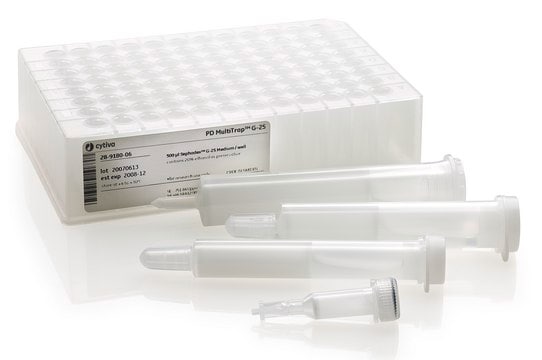12310
Iron
≥99%, reduced, powder (fine)
Sinónimos:
Fe
About This Item
Productos recomendados
assay
≥99%
form
powder (fine)
quality
reduced
reaction suitability
core: iron
reagent type: catalyst
resistivity
9.71 μΩ-cm
impurities
≤0.5% insoluble in HCl
bp
2750 °C (lit.)
mp
1535 °C (lit.)
density
7.86 g/mL at 25 °C (lit.)
anion traces
chloride (Cl-): ≤20 mg/kg
sulfide (S2-): ≤100 mg/kg
cation traces
As: ≤5 mg/kg
Cu: ≤100 mg/kg
Mn: ≤1000 mg/kg
Ni: ≤500 mg/kg
Pb: ≤20 mg/kg
Zn: ≤50 mg/kg
SMILES string
[Fe]
InChI
1S/Fe
InChI key
XEEYBQQBJWHFJM-UHFFFAOYSA-N
General description
In chemical synthesis, reduced iron powder can be employed as a reducing agent, catalyst, or precursor in a wide range of reactions. It is commonly used to convert organic functional groups, such as aldehydes, ketones, and nitro compounds, into their corresponding reduced forms. It is also known to facilitate hydrogenation reactions.
Reduced iron powder finds applications in the production of iron-based catalysts, magnetic materials, pigments, and metal alloys. It is commonly used in pharmaceutical synthesis, organic chemistry, and industrial manufacturing. It is important to handle reduced iron powder with care due to its potential reactivity with moisture and oxygen, which may cause oxidation and result in changes to its properties. Proper storage and handling procedures should be followed to maintain its quality and prevent unwanted reactions.
Application
- Sodium-Ion Batteries: Research demonstrated the use of iron-based Na(4)FeV(PO(4))(3) nanoparticles in pine pollen derived carbon matrices as a cost-effective cathode for sodium-ion batteries, emphasizing sustainable energy solutions and materials chemistry (Wang et al., 2024).
signalword
Danger
hcodes
Hazard Classifications
Flam. Sol. 1 - Self-heat. 1
Storage Class
4.2 - Pyrophoric and self-heating hazardous materials
wgk_germany
nwg
flash_point_f
Not applicable
flash_point_c
Not applicable
ppe
Eyeshields, Gloves, type N95 (US)
Elija entre una de las versiones más recientes:
¿Ya tiene este producto?
Encuentre la documentación para los productos que ha comprado recientemente en la Biblioteca de documentos.
Los clientes también vieron
Nuestro equipo de científicos tiene experiencia en todas las áreas de investigación: Ciencias de la vida, Ciencia de los materiales, Síntesis química, Cromatografía, Analítica y muchas otras.
Póngase en contacto con el Servicio técnico





